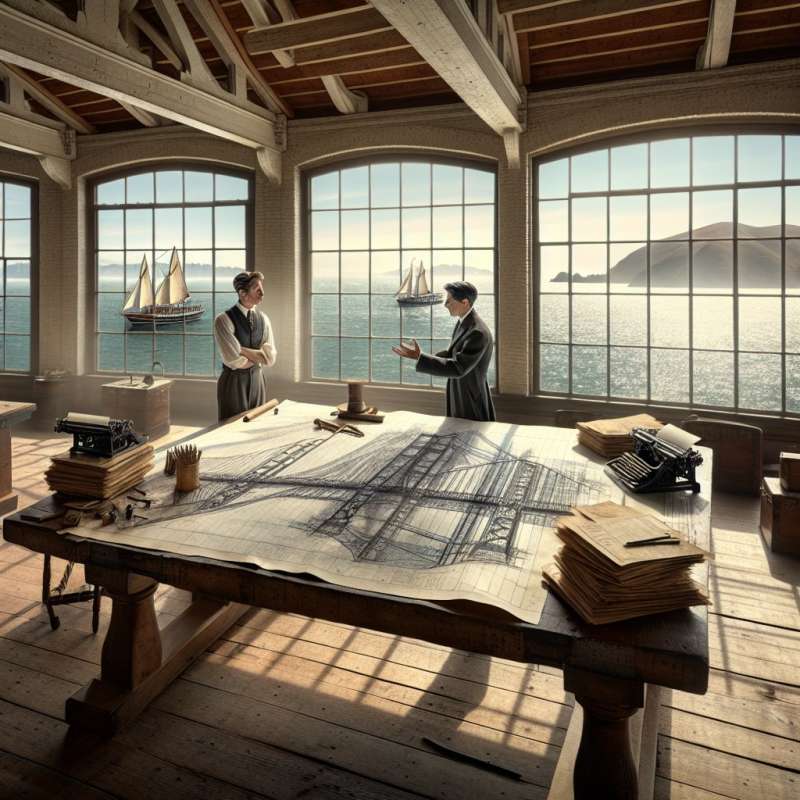
Early Plans and Challenges
Initial proposals for the Golden Gate Bridge faced skepticism and financial hurdles. The idea was conceived in the 1910s, but it took over a decade to secure funding and approval due to concerns about costs, engineering feasibility, and opposition from ferry operators.
Innovative Engineering Solutions
Chief Engineer Joseph Strauss implemented novel techniques, including flexible truss designs to combat high winds and earthquakes. Despite initial doubts, these innovations ensured the bridge's stability and resilience, setting new standards for suspension bridge engineering worldwide.
Construction Amidst the Great Depression
Remarkably, construction began in 1933 during the Great Depression. The project provided thousands of jobs, bolstering the local economy. Workers endured harsh conditions, including high winds and dangerous heights, yet completed the bridge ahead of schedule in 1937.
Safety Nets and Innovations
To protect workers, a massive safety net was installed beneath the bridge, saving 19 lives. This was a pioneering safety measure at the time and drastically reduced fatalities in an era when worker safety was often overlooked.
Iconic Color and Cultural Impact
The bridge's distinctive 'International Orange' color was chosen for visibility in fog and aesthetic appeal. Since its completion, the Golden Gate Bridge has become an iconic symbol of San Francisco and a testament to human ingenuity and resilience.Unexpected Safety Record
Despite the dangers, the Golden Gate Bridge had a lower fatality rate than typical construction projects of its time, thanks largely to innovative safety measures.
When did the Golden Gate Bridge idea originate?
1910s
1930s
1900s
Company